Carved into the foothills of the Alps by ancient glaciers, Lake Como (or Lago di Como) is a jewel of Northern Italy. For centuries, its dramatic landscapes and refined elegance have captivated artists, poets, and discerning travelers. Its deep, sapphire waters are framed by lush, steep-sided mountains, their slopes dotted with opulent villas, enchanting gardens, and timeless villages.
But beyond the postcard-perfect vistas and the whispered glamour of its celebrity residents lies a destination with a rich history and an authentic soul. This is a place where Roman legacy, medieval trade routes, and the artistry of silk production have woven a unique cultural fabric. This guide is designed for the independent traveler looking to understand the iconic beauty of Lake Como while discovering the deeper currents that give it life.
Why visit Lake Como?
The soul of the Larian Triangle
Lake Como's geography is its destiny. The unique, inverted ‘Y’ shape, known as the Larian Triangle, creates a multitude of distinct shores and microclimates. The central section, where the three branches of the lake converge, offers the most breathtaking views and is home to its most famous towns.
The appeal lies in its duality. It is a place of sublime natural beauty, where one can hike ancient trails with panoramic views in the morning and explore a world-renowned botanical garden in the afternoon. It's a destination that satisfies both the desire for serene contemplation and cultural immersion. From the manicured gardens of Villa Carlotta to the rustic authenticity of a mountain grotto, Lake Como offers a layered experience that rewards the curious traveler.
Getting to & around Lake Como: a practical guide
Meticulous planning is rewarded with seamless travel. Lake Como is easily accessible, but navigating its shores requires an understanding of the local transport network, which is an experience in itself.
Arriving by plane and train
The most common entry point to Italy for international visitors is Milan, which is served by three major airports:
- Milan Malpensa (MXP): The largest international airport. From Malpensa, one can take the Malpensa Express train to Milan's Cadorna or Centrale station and then a connecting train to Como.
- Milan Linate (LIN): Closer to the city center, it serves mainly European flights. A bus or taxi connects to Milano Centrale for train services.
- Milan Bergamo (BGY): A hub for low-cost airlines. It is well-positioned for reaching the eastern shore of the lake, particularly the town of Lecco.
From Milan, frequent train services run to the main towns. The two key railway lines are:
- Milan to Como: Trenord and Trenitalia trains run from Milano Centrale and Milano Porta Garibaldi to Como San Giovanni, the main station in the city of Como. The journey takes approximately 40-60 minutes.
- Milan to Lecco-Tirano: This line runs up the eastern shore from Milano Centrale, stopping at Lecco and, importantly for mid-lake access, Varenna-Esino.
Navigating by ferry, bus, and car: the best ways to explore
While arriving with a car offers flexibility, it can be a liability within the small, crowded lake towns where parking is scarce and streets are narrow. The true magic of exploring Lake Como lies in using its public transport.
The Ferry System: The public ferry service, managed by Navigazione Laghi, is the lifeblood of the lake. It is not just transport; it is the best way to experience the scale and beauty of the landscape. Key services include:
- Battello (Slow Ferry): These larger boats stop at nearly every village, offering a leisurely pace perfect for sightseeing from the water.
- Servizio Rapido (Fast Ferry/Hydrofoil): These connect the main towns more quickly but have fewer stops and enclosed seating.
- Traghetto (Car Ferry): These operate in the central part of the lake, connecting Varenna, Bellagio, Menaggio, and Cadenabbia. This is essential for those traveling with a vehicle.
Purchasing a mid-lake day pass can be a cost-effective option for exploring the central towns.
Buses: A network of local buses (ASF Autolinee) connects the towns along the western shore, running from Como up to Menaggio and beyond. This can be a useful alternative to the ferries.
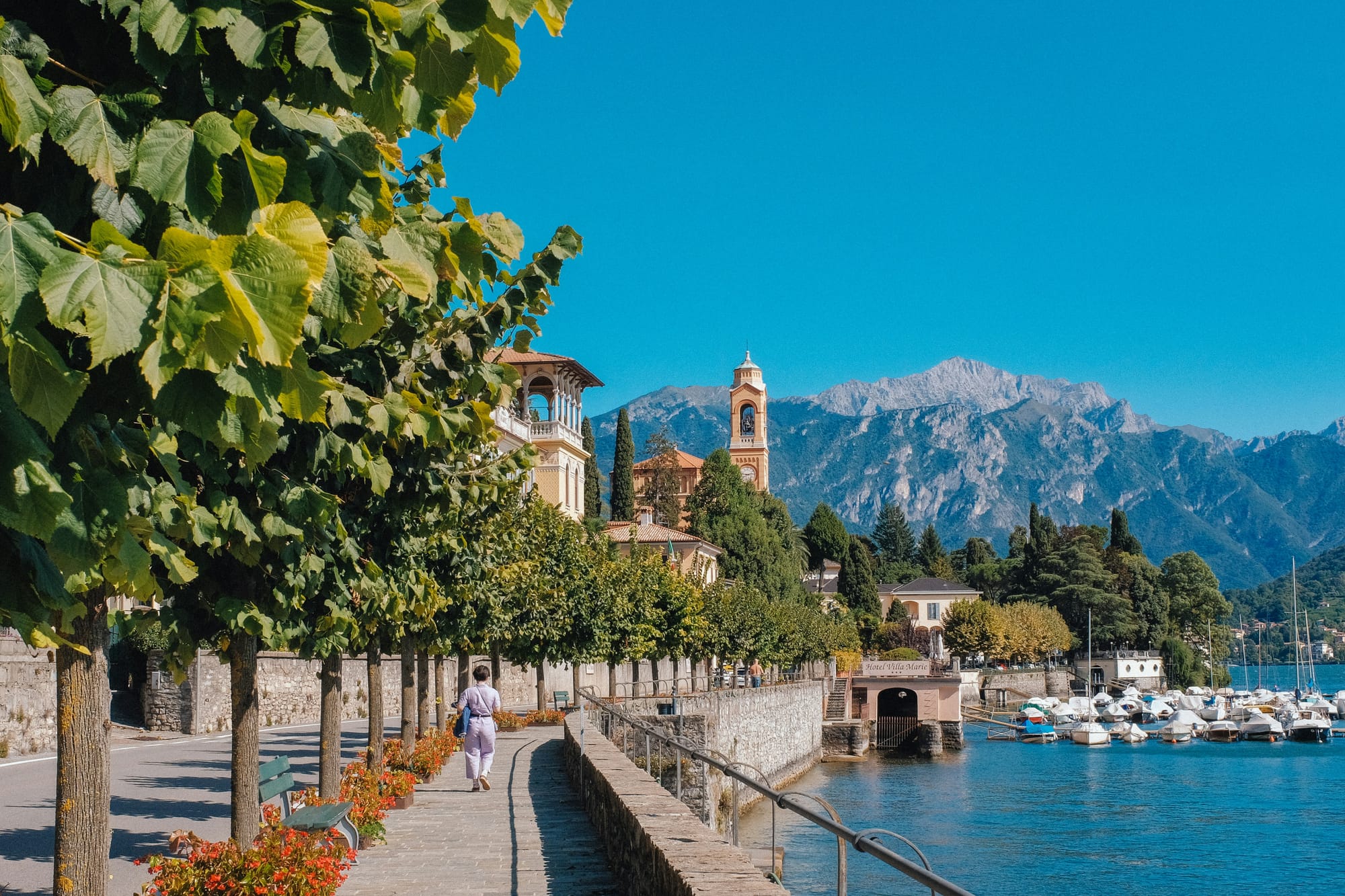
The Golden Triangle: exploring Bellagio, Varenna & Menaggio
The central area where the lake's three branches meet is known as the "Golden Triangle." This is where the most iconic towns are located, each offering a distinct personality.
Bellagio: the pearl of the lake
Positioned perfectly at the promontory dividing the lake's two southern arms, Bellagio is famous for its elegance and unparalleled views. Its steep, cobbled alleyways (salite) are lined with high-end boutiques, silk shops, and artisan workshops. While it is the most popular town, its beauty is undeniable. Key sights include the gardens of Villa Melzi d'Eril, a stunning example of neoclassical architecture with a lakeside promenade, and the park of Villa Serbelloni, which offers commanding views from its hilltop position (accessible by guided tour only).
Varenna: authentic lakeside charm
On the eastern shore, Varenna retains the atmosphere of a traditional fishing village. Its cluster of colorful houses huddles around a small harbor, and its lakeside walkway, the Passeggiata degli Innamorati (Lover's Walk), is utterly charming. Varenna is home to Villa Monastero, a former convent transformed into a stunning villa with a spectacular botanical garden stretching along the shore. For a dose of history and a phenomenal view, a short, steep hike up to the medieval Castello di Vezio is a must.
Menaggio: the hub on the western shore
Facing Bellagio on the western shore, Menaggio is a larger, more bustling town with a beautiful lakeside promenade and a vibrant central piazza. It serves as an excellent base for outdoor enthusiasts, with numerous hiking and cycling trails leading into the surrounding mountains, including the Val Sanagra Park. Its lido offers excellent swimming facilities in the summer.
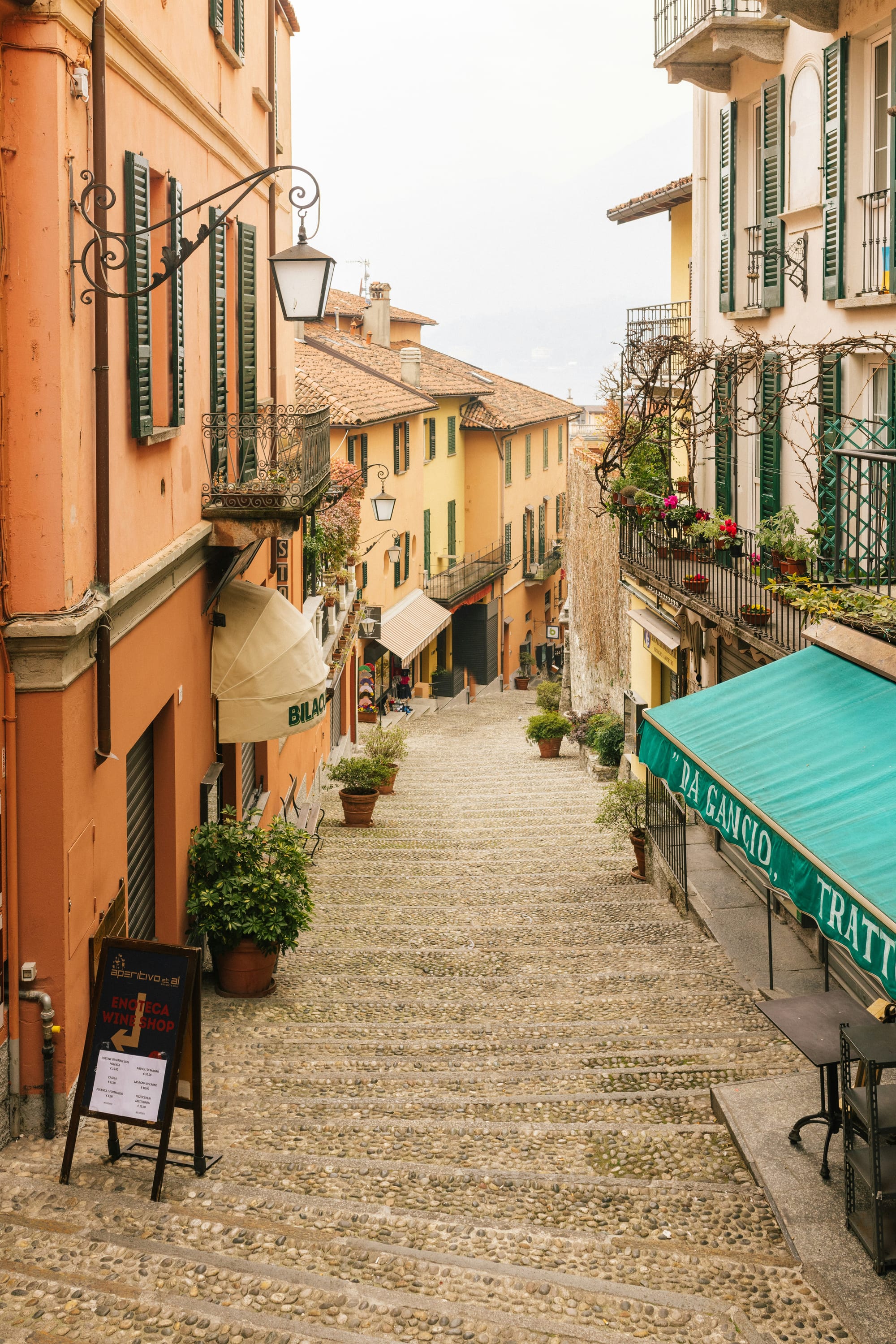
Discovering Como, Tremezzina & beyond
To truly discover the soul of the lake, one must venture beyond the central hub.
The Tremezzina coast: a trail of villas and gardens
Stretching along the western shore south of Menaggio, the Tremezzina area is home to some of the lake's most important villas. The town of Tremezzo is where the magnificent Villa Carlotta is located, a museum and botanical garden famous for its stunning collection of rhododendrons and azaleas in the spring. A short distance south is Lenno, a quiet town that is the gateway to the unmissable Villa del Balbianello. Perched on a wooded peninsula, this elegant villa is famous for its terraced gardens and has served as a filming location for movies like Casino Royale and Star Wars.
Como: the historic gateway city
Too often treated merely as an entry point, the city of Como is a destination in its own right. Encircled by Roman walls, its historic center is a delightful place to explore, anchored by the magnificent Duomo di Como, a masterpiece of Gothic and Renaissance architecture. The funicular railway that climbs up to the village of Brunate offers one of the most spectacular panoramic views of the lake's southern branch and the Alps. Como is also the historical center of Italy's silk industry, a story told at the Museo della Seta (Silk Museum).
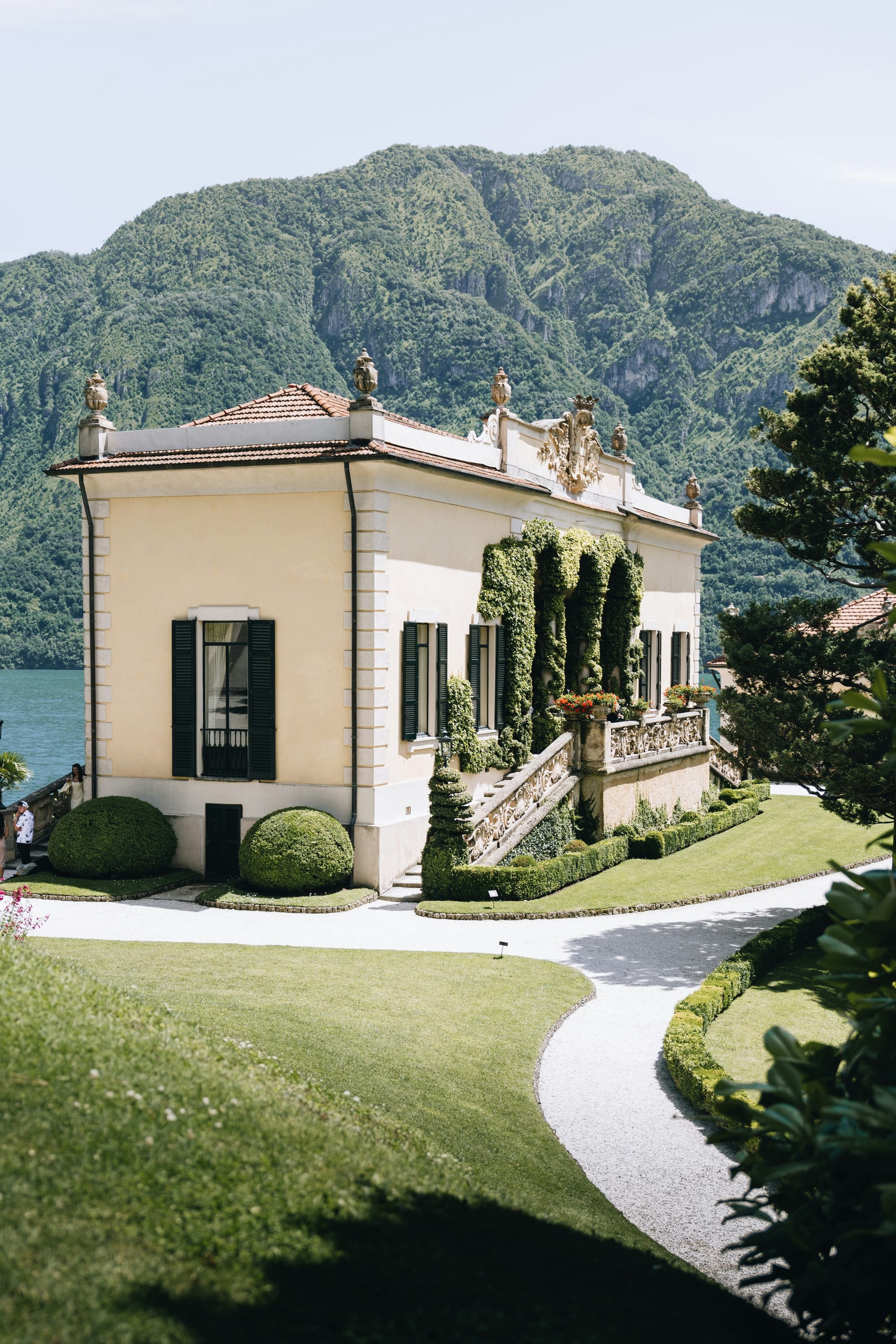
Lake Como's must-see villas and gardens
To visit Lake Como without exploring its villas is to see a masterpiece from a distance. These are not merely houses, but grand statements of art, culture, and ambition, set against one of the world's most dramatic natural backdrops.
Built over centuries by aristocrats, cardinals, and wealthy industrialists, each villa tells a story of the lake's history, from the age of the Grand Tour to the flourishing of the silk trade. Their gardens are living works of art, where exotic species collected from around the globe thrive in the lake's unique microclimate. Accessing these properties offers an unparalleled glimpse into a world of refined elegance and horticultural passion.
Villa del Balbianello (Lenno)
Perched on the tip of the wooded Laggino peninsula, Villa del Balbianello is an image of sublime, romantic beauty. Its location is its defining feature, offering breathtaking vistas from every angle. The villa itself is an elegant 18th-century structure, but the true masterpiece is its terraced garden, a testament to precision and vision. Manicured hedges, classical statues, and fragrant blooms frame the iconic arched loggia, which provides a perfect viewpoint over the converging waters of the lake.
Managed by FAI (The National Trust for Italy), its cinematic quality has not gone unnoticed, serving as a memorable filming location for movies like Casino Royale and Star Wars. Reaching the villa is an experience in itself—either via a scenic 1km walk through the woods or by a private water taxi from Lenno’s shore. Due to its immense popularity, booking tickets well in advance is essential.
Villa Carlotta (Tremezzina)
Facing the Bellagio peninsula from the Tremezzina shore, Villa Carlotta is a magnificent example of a late 17th-century aristocratic residence. It operates as both a museum and a world-renowned botanical garden, offering a rich cultural experience. The villa’s interior houses a significant art collection, including masterpieces by the sculptor Antonio Canova and painter Francesco Hayez, displayed amidst period furniture and ornate rooms.
Outside, the vast garden unfolds in a series of stunning landscapes. The Italian garden, with its formal layout and grand staircase, gives way to a romantic park filled with ancient trees and scenic viewpoints. Villa Carlotta is most famous for its spectacular spring bloom, when over 150 varieties of rhododendrons and azaleas erupt in a riot of color, making April and May a particularly magical time to visit.
Villa Monastero (Varenna)
Stretching along the Varenna shoreline, Villa Monastero offers a unique and intimate experience. Originally a 12th-century Cistercian convent, it was transformed over centuries into the eclectic patrician residence seen today. The "House Museum" takes visitors through 14 fully furnished rooms, showcasing a fascinating collection of original decor and objects that reflect different eras and styles.
The villa's botanical garden is its main draw. Extending for nearly two kilometers along the lakefront, the narrow garden path winds through a remarkable collection of rare and exotic plant species, including agaves, yuccas, palms, and a citrus grove. This linear layout provides a constant, intimate connection with the water, creating a peaceful and contemplative atmosphere distinct from the grander estates across the lake.
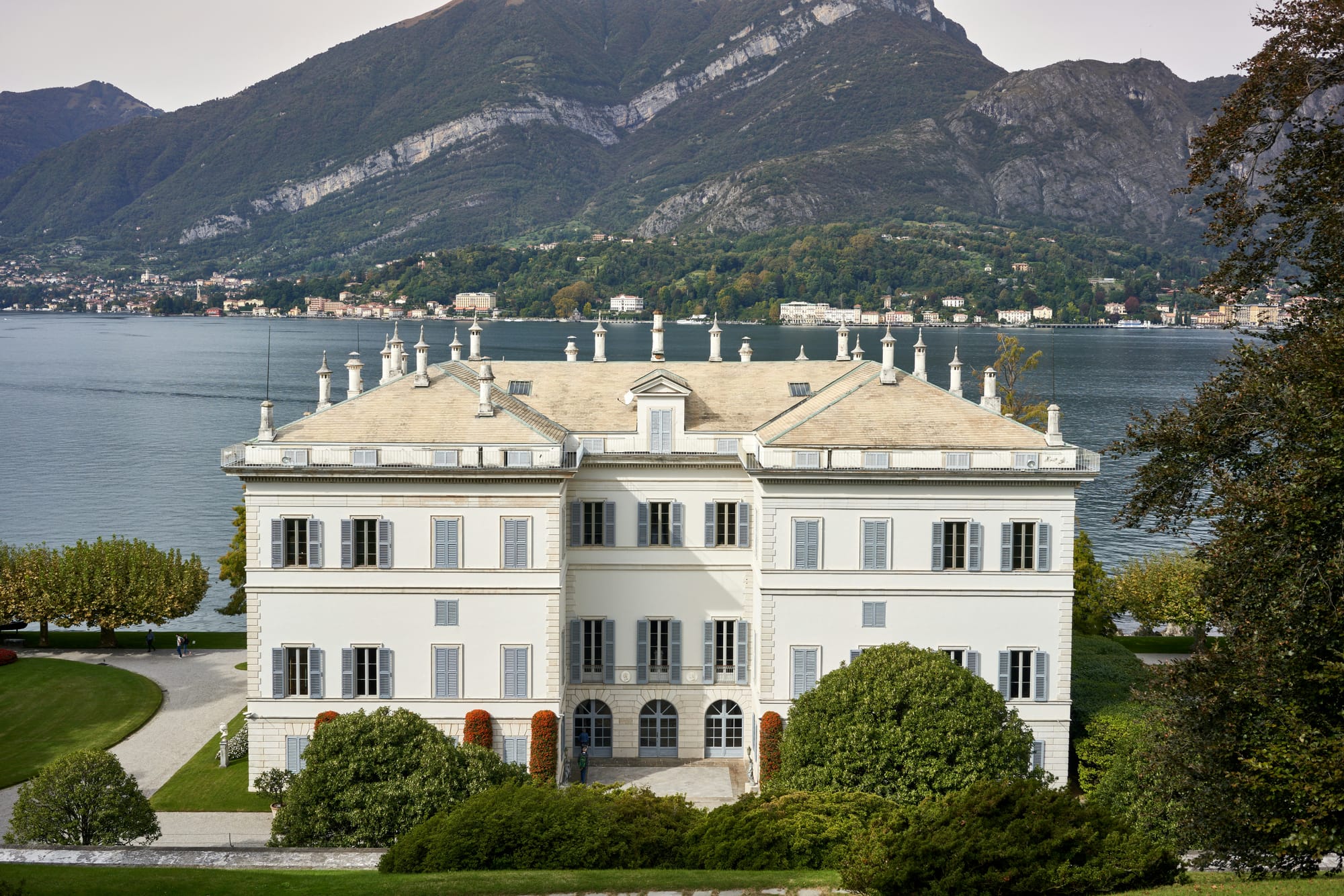
Authentic experiences: hiking, food & culture
- Hiking ancient pathways: For centuries, mules and merchants traversed the mountainsides on stone-paved trails. Today, these paths offer incredible hiking opportunities. The Sentiero del Viandante (Wayfarer's Path) is a multi-day trail on the eastern shore, while the Greenway dei Patriarchi on the western shore is a more gentle 10km walk through historic villages.
- A taste of the lake: The local cuisine is a blend of lake and mountain traditions. Must-try dishes include Risotto con Filetti di Pesce Persico (risotto with perch fillets), Polenta Uncia (a rich polenta with cheese and butter), and the unique Missoltini (sun-dried and salted shad). For an authentic meal, seek out a grotto, a rustic and traditional eatery often found in the hills.
- Discovering the art of silk: Explore the shops in Como and Bellagio to appreciate the quality of locally produced silk scarves, ties, and accessories, a legacy of the area's rich industrial heritage.
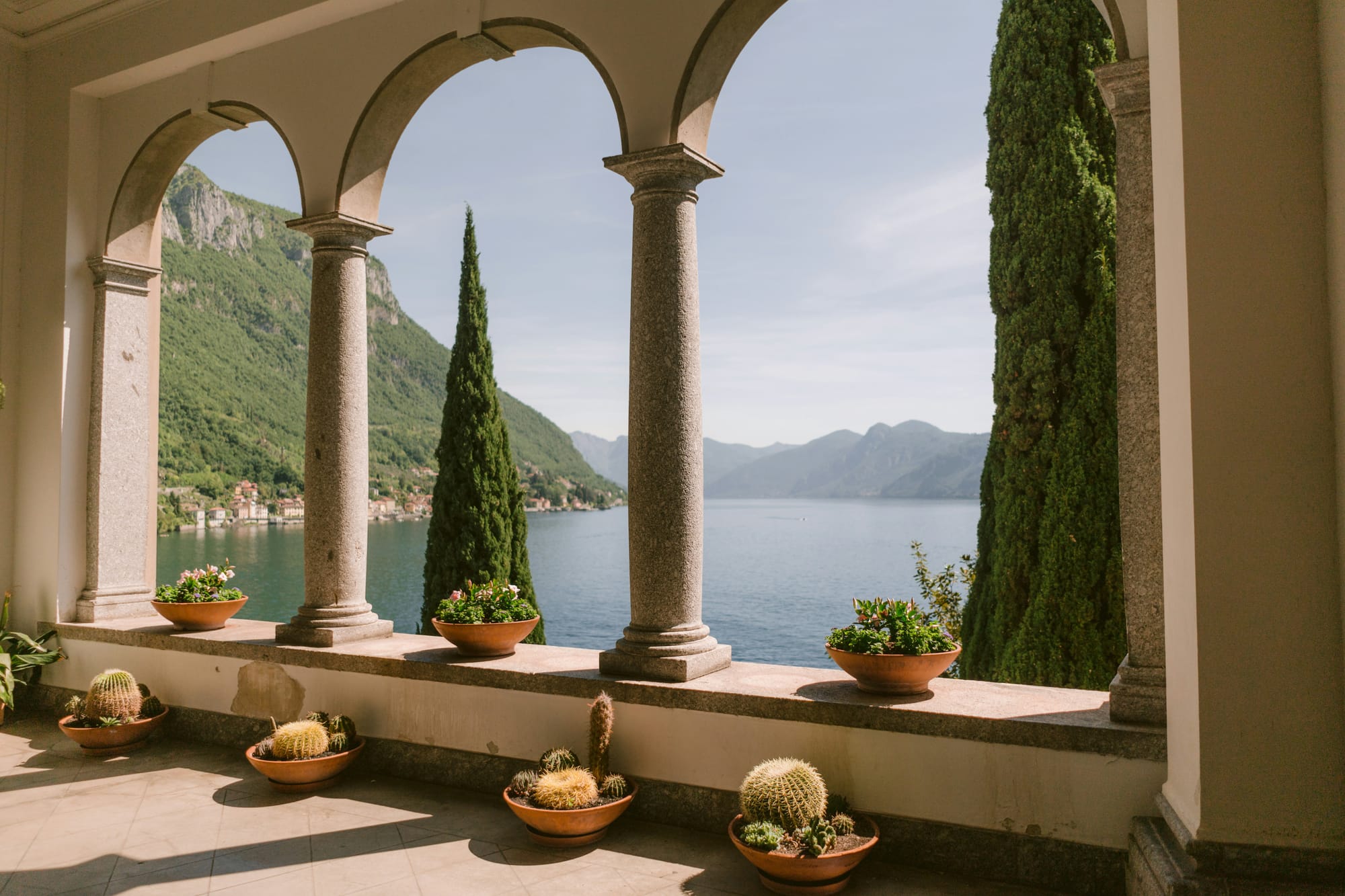
How to plan your trip to Lake Como
The best time to visit Lake Como
- Spring (April-June): Arguably the best time. The gardens are in full bloom, temperatures are pleasant, and the summer crowds have not yet arrived.
- Summer (July-August): The lake is at its most vibrant, but also its most crowded and expensive. High temperatures are common. Book accommodation and popular villa tours well in advance.
- Autumn (September-October): Another excellent period. The crowds thin, the weather is often still warm and stable, and the foliage begins to turn, casting a golden light on the landscape.
- Winter (November-March): A time for quiet contemplation. Many tourist-focused businesses, including some hotels and villas, will be closed. Ferries run on a reduced schedule. The atmosphere is muted but can be magical, especially with snow on the mountain peaks.
Where to stay: a guide to the towns
The choice of where to stay will shape the entire experience.
- For classic luxury & romance: Bellagio or Tremezzo.
- For charm & a slower pace: Varenna is a perfect choice.
- For a family or active base: Menaggio offers more space and outdoor connections.
- For a city feel & transport links: Como provides a vibrant base with easy access to Milan.
A sample 3-day Lake Como itinerary
This itinerary focuses on the heart of the lake, maximizing time and scenic beauty.
- Day 1: Arrival and Bellagio's elegance. Arrive in Varenna by train and take a short ferry to Bellagio. Settle in and spend the afternoon exploring its cobbled lanes. Visit the gardens of Villa Melzi d'Eril before an aperitivo with a view.
- Day 2: Varenna's charm & Tremezzina's grandeur. In the morning, take a ferry to Varenna. Explore the village and visit Villa Monastero. In the afternoon, ferry across to Tremezzo to immerse in the art and botanical wonders of Villa Carlotta.
- Day 3: The iconic villa & departure. Take a morning ferry to Lenno and walk to the breathtaking Villa del Balbianello (book tickets in advance). In the afternoon, take a fast ferry to Como for a final stroll through its historic center before catching a train for departure.
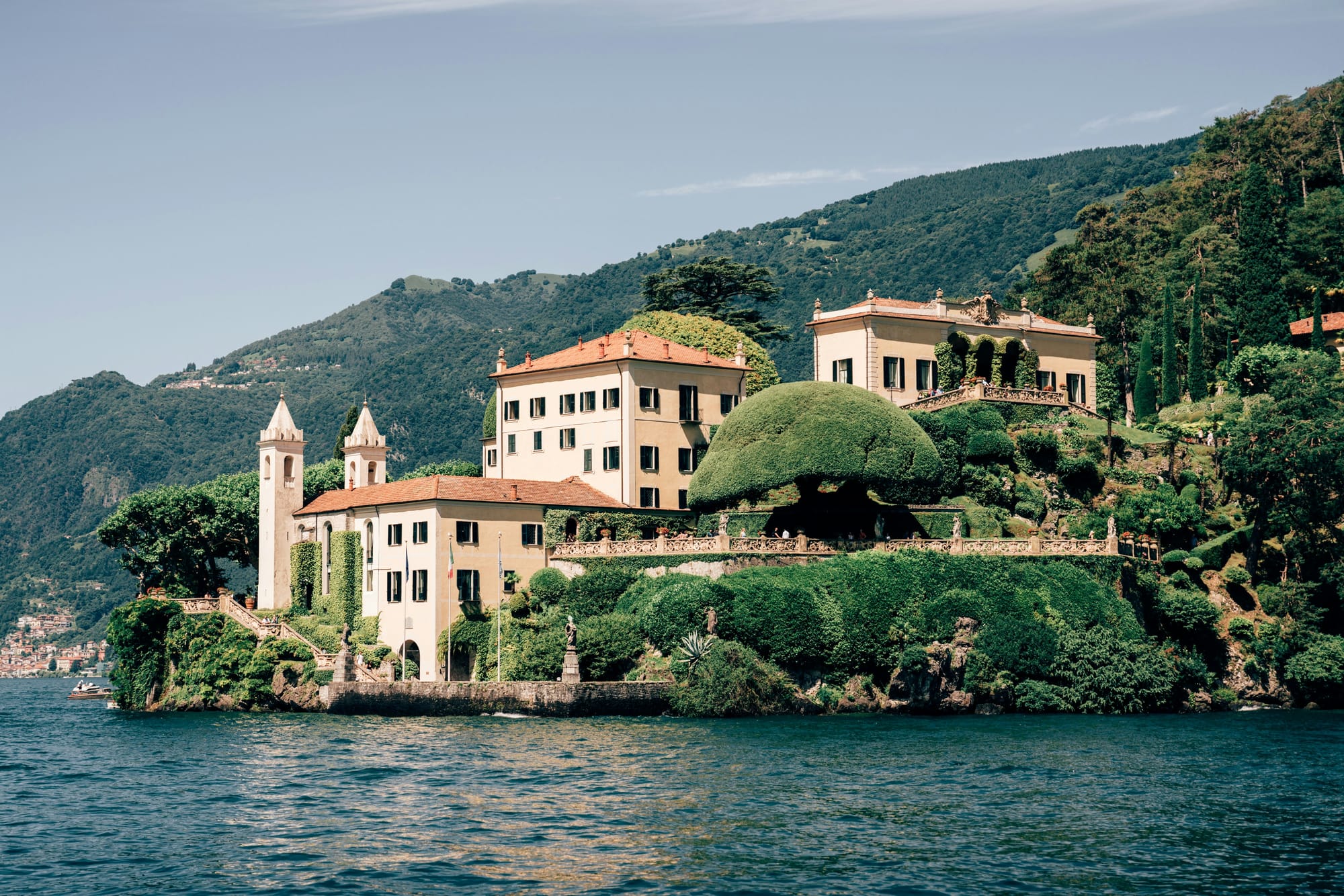
Lake Como is a destination that stays with you. The sheer scale of the mountains plunging into the water, the scent of jasmine from a villa garden, the wake of a ferry crisscrossing the blue expanse—these are the iconic images. But the true soul of the lake reveals itself slowly, in the quiet alleys of a forgotten village, on a mountain path high above the water, or in a meal shared in a centuries-old grotto. It is a place that invites you not just to see, but to discover.








